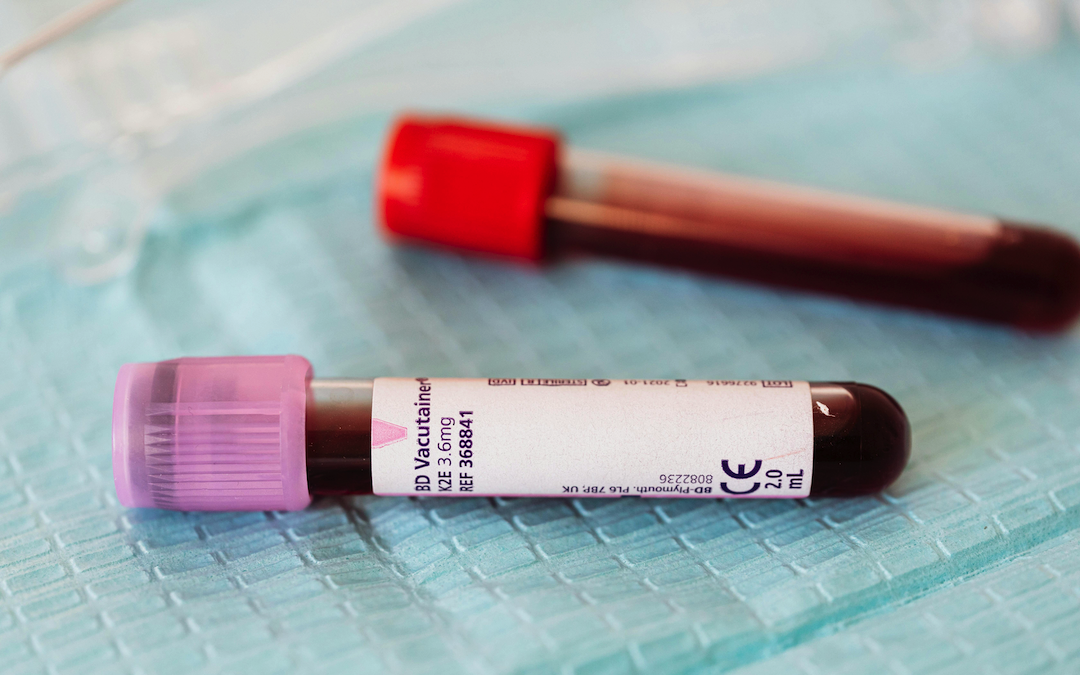
Accurate and timely diagnosis is crucial for effective malaria management and control, enabling prompt initiation of treatment and prevention of complications. Over the years, significant progress has been made in malaria diagnostics, with the development of various technologies and techniques for detecting the presence of malaria parasites in infected individuals. In this article, we explore the current landscape of malaria diagnostics, including established technologies and emerging trends that hold promise for improved diagnosis and surveillance.
Established Malaria Diagnostic Technologies
Several established diagnostic methods are commonly used for malaria detection, each with its advantages and limitations:
- Microscopic Examination of Blood Smears: Microscopic examination of Giemsa-stained blood smears remains the gold standard for malaria diagnosis. This technique allows trained laboratory technicians to visualize malaria parasites in thick or thin blood smears under a microscope. Microscopy enables accurate species identification and quantification of parasite density, essential for guiding treatment decisions.
- Rapid Diagnostic Tests (RDTs): Rapid diagnostic tests (RDTs) are simple, point-of-care devices that detect malaria antigens in patient blood samples. RDTs typically target specific antigens produced by malaria parasites, such as histidine-rich protein 2 (HRP2), lactate dehydrogenase (LDH), or aldolase. RDTs offer rapid results within 15-30 minutes and are well-suited for use in resource-limited settings where microscopy may not be available.
- Molecular Diagnostic Techniques: Molecular diagnostic techniques, such as polymerase chain reaction (PCR) and loop-mediated isothermal amplification (LAMP), detect malaria parasite DNA or RNA in patient blood samples with high sensitivity and specificity. These techniques are particularly useful for detecting low parasite densities, differentiating between malaria species, and detecting drug resistance markers.
Emerging Trends in Malaria Diagnostics
Innovations in malaria diagnostics are driving the development of new technologies and approaches to enhance accuracy, accessibility, and scalability:
- Point-of-Care Molecular Diagnostics: Advances in molecular diagnostic technology have led to the development of portable, point-of-care molecular diagnostic devices for malaria detection. These devices enable rapid and sensitive detection of malaria parasites in near patient settings, without the need for specialized laboratory equipment or infrastructure. Point-of-care molecular tests offer the potential to improve access to accurate malaria diagnosis in remote and underserved areas.
- Biosensor Technologies: Biosensor technologies are being explored for the development of novel malaria diagnostic devices that leverage biomolecular interactions for parasite detection. Biosensors can detect malaria-specific biomarkers in patient samples with high sensitivity and specificity, offering rapid and cost-effective diagnostic solutions. Some biosensor platforms utilize antibodies, aptamers, or nucleic acid probes to capture and detect malaria antigens or nucleic acids in patient samples.
- Smartphone-Based Diagnostics: Smartphone-based diagnostic platforms are emerging as innovative tools for malaria diagnosis and surveillance. These platforms utilize smartphone cameras and accessories to capture and analyze images of malaria-infected blood samples, leveraging machine learning algorithms for automated parasite detection and quantification. Smartphone-based diagnostics offer the potential for decentralized testing and real-time data collection, facilitating malaria control efforts.
- Serological Assays: Serological assays that detect antibodies against malaria antigens in patient blood samples are being developed for epidemiological surveillance and monitoring of malaria transmission. Serological assays can provide insights into population-level exposure to malaria parasites and the effectiveness of malaria control interventions, complementing traditional diagnostic methods.
Conclusion
Malaria diagnostics play a critical role in guiding malaria treatment, surveillance, and control efforts. While established diagnostic methods such as microscopy and RDTs remain essential, emerging technologies and trends hold promise for improving the accuracy, accessibility, and scalability of malaria diagnosis. Continued investment in research, development, and implementation of innovative malaria diagnostic tools is essential for achieving the goal of malaria elimination and ultimately reducing the global burden of this devastating disease.



Comments (0)
No comment